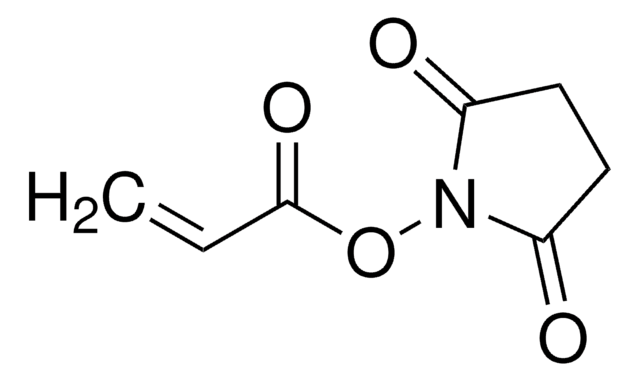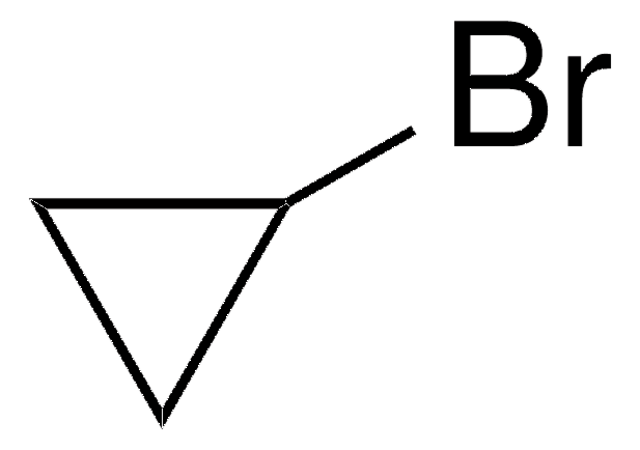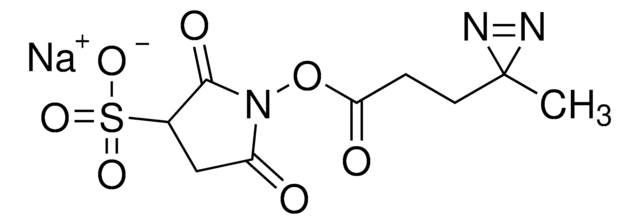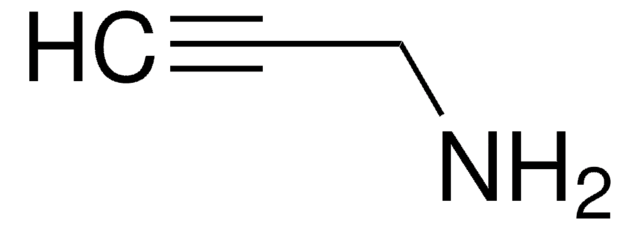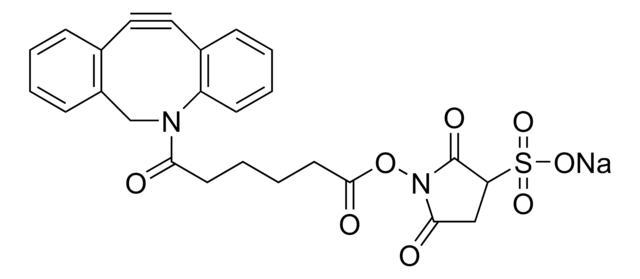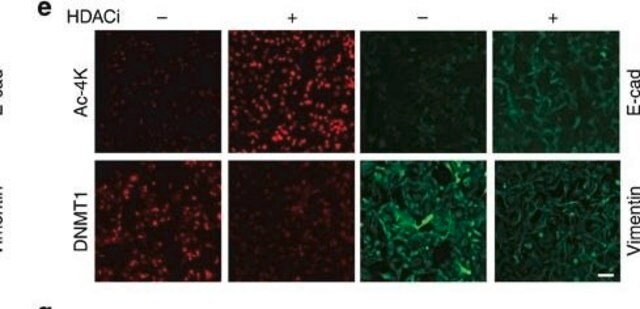803332
Sulfo-SANPAH (sulfosuccinimidyl 6-(4′-azido-2′-nitrophenylamino)hexanoate)
Synonym(s):
(sulfosuccinimidyl 6-(4′-azido-2′-nitrophenylamino)hexanoate), 1-[[6-[(4-azido-2-nitrophenyl)amino]-1-oxohexyl]oxy]-2,5-dioxo-3-pyrrolidinesulfonic acid monosodium salt, Sulfo-SANPAH
About This Item
Recommended Products
form
powder
Quality Level
mol wt
492.4
reaction suitability
reagent type: cross-linking reagent
storage condition
desiccated
solubility
water: soluble
functional group
azide
shipped in
ambient
storage temp.
−20°C
SMILES string
O=C1CC(S(=O)([O-])=O)C(N1OC(CCCCCNC2=CC=C(N=[N+]=[N-])C=C2[N+]([O-])=O)=O)=O.[Na+]
InChI
1S/C16H18N6O9S.Na/c17-20-19-10-5-6-11(12(8-10)22(26)27)18-7-3-1-2-4-15(24)31-21-14(23)9-13(16(21)25)32(28,29)30;/h5-6,8,13,18H,1-4,7,9H2,(H,28,29,30);/q;+1/p-1
InChI key
XXUXLXCHYVHAOD-UHFFFAOYSA-M
General description
Application
- Dynamic Control of Cell Adhesion on a Stiffness-Tunable Substrate for Analyzing the Mechanobiology of Collective Cell Migration: This study uses Sulfo-SANPAH for photochemical cross-linking in cell adhesion research (Kamimura et al., 2017).
- Evaluation of L929 fibroblast attachment and proliferation on ArgGlyAspSer (RGDS) immobilized chitosan: This paper investigates the use of Sulfo-SANPAH to enhance fibroblast attachment on chitosan substrates (Karakecili et al., 2016).
Features and Benefits
- Reactive groups: sulfo-NHS ester and nitrophenyl azide
- Reactive towards: amino groups and any nucleophile
- Non-cleavable
- N-Sulfosuccinimidyl-6-(4′-azido-2′-nitrophenylamino) hexanoate
- Optimal photolysis occurs at 320-350 nm; minimizes damage to biomolecules by irradiation
- Water soluble; non-cleavable
Caution
Signal Word
Warning
Hazard Statements
Precautionary Statements
Hazard Classifications
Eye Irrit. 2
Storage Class Code
11 - Combustible Solids
WGK
WGK 3
Flash Point(F)
Not applicable
Flash Point(C)
Not applicable
Choose from one of the most recent versions:
Certificates of Analysis (COA)
Don't see the Right Version?
If you require a particular version, you can look up a specific certificate by the Lot or Batch number.
Already Own This Product?
Find documentation for the products that you have recently purchased in the Document Library.
Customers Also Viewed
Our team of scientists has experience in all areas of research including Life Science, Material Science, Chemical Synthesis, Chromatography, Analytical and many others.
Contact Technical Service